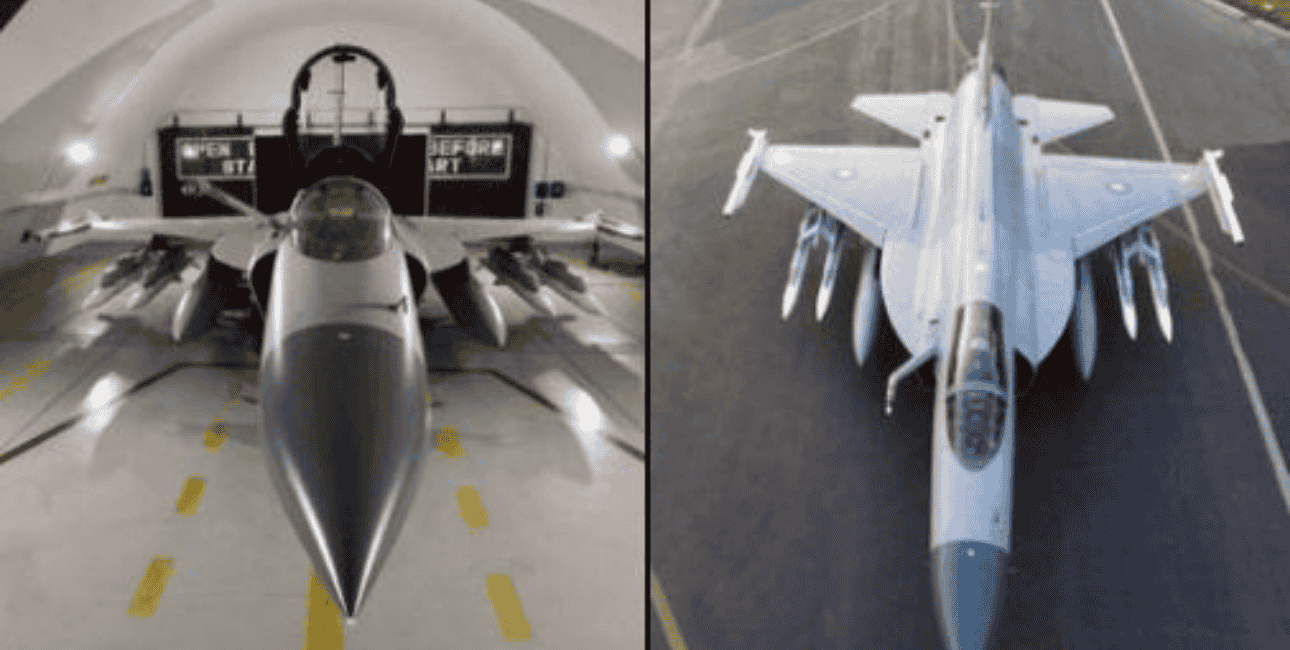Reports have emerged suggesting that the Pakistan Air Force (PAF) has received expedited deliveries of China’s cutting-edge PL-15 long-range air-to-air missiles. These missiles have reportedly been mounted on the PAF’s new JF-17 Block III fighter jets, which are seen armed with dual-rack PL-15 Beyond Visual Range (BVR) missiles. According to a defense report, these missiles are drawn from the internal stocks of China’s People’s Liberation Army Air Force (PLAAF), rather than the export variant, the PL-15E.
If these reports are accurate, this could indicate a swift arms transfer from China to Pakistan during a time of heightened tensions between India and Pakistan, where conflicts could potentially escalate into a full-scale war. The PL-15 missiles, if true, would provide the PAF with a significant tactical edge, allowing it to target Indian Air Force (IAF) aircraft from much greater distances.
While official sources have not confirmed these reports, it aligns with the strengthening defense relationship between Beijing and Islamabad. This situation would also highlight China’s capability to scale up its weapon production and deliver crucial systems quickly in times of need, without bureaucratic delays.
PL-15: China’s Advanced Air-to-Air Missile
The PL-15 is a key component of China’s air-combat strategies. Unveiled at the Zhuhai Airshow in November 2024, it was developed by the Aviation Industry Corporation of China (AVIC). The PL-15 is an active radar-guided missile equipped with an AESA (active electronically scanned array) radar and a dual-pulse solid-propellant rocket. It has a reported operational range of 200-300 km (120-190 miles) and can reach speeds exceeding Mach 5.
The missile can be mounted on multiple Chinese aircraft, including the J-20 stealth fighter, and has been shown in modified forms with folding fins to allow the J-20 to carry more missiles. While the export variant, PL-15E, has a range of 145 km, the standard PL-15 is thought to have a much longer range, making it even more valuable for the PAF’s JF-17 fighter jets.
READ MORE: Mohammad Amir Reflects on Dismissing Babar Azam in PSL 10
PL-15 vs AIM-120 vs Meteor
The PL-15 is often compared to the U.S. AIM-120D AMRAAM and the European MBDA Meteor. The AIM-120D, with a range of around 100 miles (160 km), and the Meteor, which is equipped with ramjet propulsion and can reach speeds of Mach 4, are seen as some of the most formidable BVR missiles. The Meteor, integrated into India’s Rafale jets, has a range of 100-200 km, making it a strong competitor to both the PL-15E and the PL-15.
Despite similarities, the Meteor benefits from its ramjet engine, allowing it to sustain high speeds over its entire flight. In contrast, the PL-15’s solid-fuel motor provides a higher initial speed, but it can’t maintain Mach 5 throughout its flight. The PL-15’s shorter endurance may be a disadvantage when compared to the Meteor’s sustained flight capabilities.
Russia’s R-37M and India’s Countermeasures
India may look to counter the PL-15 with Russia’s long-range R-37M missile, which has a range of 300-400 km and can achieve speeds of Mach 6. These missiles have already seen combat in the ongoing conflict in Ukraine, where Russian MiG-31s have downed numerous Ukrainian aircraft. The R-37M could give India’s Su-30 fighters a much-needed long-range missile to counter the PL-15 threat.
Additionally, India is considering integrating the R-37M into its fleet and may also look to the homegrown Astra Mk-III missile, which has a range of 340 km, surpassing even the PL-15. This would give India an edge in the long-range missile arena, allowing its fighters to compete more effectively with China and Pakistan.



